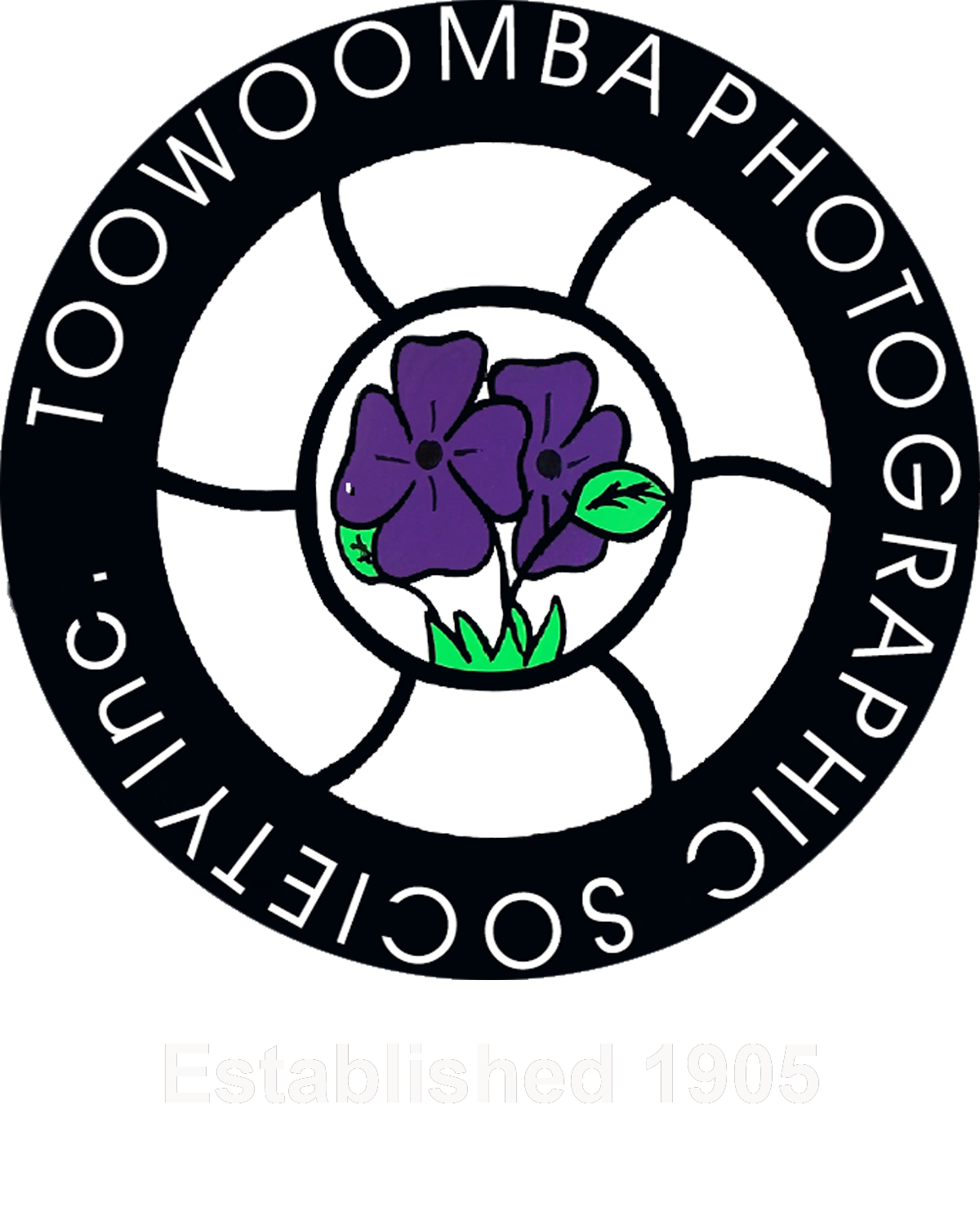Further information about Nature Photography:
Nature photography records all branches of natural history except anthropology
and archaeology. This includes all aspects of the physical world, both animate and
inanimate, that have not been made or modified by humans.
Nature images must convey the truth of the scene that was photographed.
A well-informed person should be able to identify the subject of the image
and be satisfied that it has been presented honestly and that no unethical
practices have been used to control the subject or capture the image.
Images that directly or indirectly show any human activity that threatens
the life or welfare of a living organism are not allowed.
The most important part of a Nature image is the nature story it tells. High
technical standards are expected and the image must look natural.
Objects created by humans, and evidence of human activity, are allowed in
Nature images only when they are a necessary part of the Nature story.
Photographs of human-created hybrid plants, cultivated plants, feral
animals, domesticated animals, human-created hybrid animals and
mounted or preserved zoological specimens are not allowed.
Images taken with subjects under controlled conditions, such as zoos, are
allowed.
Controlling live subjects by chilling, anaesthetic or any other method of
restricting natural movement for the purpose of a photograph is not
allowed.
EDITING GUIDELINES
Processing or editing must be limited to making the image look as close to the
original scene as possible, except that conversion to grayscale monochrome is
allowed.
Allowed editing techniques:
Cropping, straightening and perspective correction
Removal or correction of elements added by the camera or lens, such as dust
spots, noise, chromatic aberration and lens distortion.
Global and selective adjustments such as brightness, hue, saturation and contrast
to restore the appearance of the original scene.
Complete conversion of colour images to grayscale monochrome.
Blending of multiple images of the same subject and combining them in camera
or with software (exposure blending or focus stacking);
Image stitching – combining multiple images with overlapping fields of view that
are taken consecutively (panoramas).
Editing techniques that are not allowed:
Removing, adding to, moving or changing any part of an image, except for
cropping and straightening.
Adding a vignette during processing.
Blurring parts of the image during processing to hide elements in the original
scene.
Darkening parts of the image during processing to hide elements in the original
scene.
All conversions other than to complete grayscale monochrome.
Conversion of parts of an image to monochrome, or partial toning, desaturation
or over-saturation of colour
SUBJECT MATTER STATEMENT
The fundamental rule that must be observed at all times is that the welfare of
living creatures is more important than any photograph. This means that practices
such as baiting of subjects with a living creature and removal of birds from nests,
for the purpose of obtaining a photograph, are highly unethical, and such
photographs are not allowed. Under no circumstances may a living creature be
placed in a situation where it will be killed, injured or stressed for the purpose of
obtaining a photograph. Images that show live creatures being fed to captive
animals, birds or reptiles are not permitted under any circumstances.
There are also concerns about the use of aerial photography, drones, helicopters,
low flying aircraft. These should not cause any interference with other individuals
or animals which causes a disturbance in their normal activity or disrupt the way
any individuals or animals interact with their environment. Entrants must comply
with all relevant laws and regulations, associated with aerial photography, in the
country in which the image was taken.
